Arali Plant “Nerium oleander”
₹52.50 – ₹105.00
Nerium is a genus of flowering plants that includes evergreen shrubs known for their attractive flowers and, in some cases, toxic properties. The most well-known species in this genus is Nerium oleander, commonly known as Oleander. Here are some key points about Nerium:
- Botanical Description: Nerium plants are evergreen shrubs with lance-shaped leaves arranged in whorls. The showy, funnel-shaped flowers are typically clustered at the ends of the branches. The flowers come in various colors, including white, pink, red, or yellow, depending on the cultivar.
- Nerium Oleander: Oleander (Nerium oleander) is the most widely cultivated species in the genus. It is known for its ornamental value and ability to tolerate a range of environmental conditions. Oleander is often planted in gardens, landscapes, and along roadsides for its attractive blooms.
- Toxicity: All parts of Nerium, especially Nerium oleander, are highly toxic if ingested. The plant contains toxic compounds called cardiac glycosides, which can affect the heart and other organs. Caution is advised when handling or planting Oleander, especially in areas accessible to children and pets.
- Cultivation: Nerium plants, particularly Oleander, are adaptable and can thrive in various climates. They prefer well-drained soil, full sun, and are drought-tolerant once established. Oleander is commonly used in warm regions for its resilience and aesthetic appeal.
- Flowering Season: Oleander typically produces flowers throughout the warm months, with peak flowering occurring in late spring and summer.
- Colors and Varieties: Oleander flowers come in a range of colors, including white, pink, red, and yellow. There are numerous cultivars with variations in flower color and size, such as ‘Hardy Red,’ ‘Petite Pink,’ and ‘Sister Agnes.’
- Landscape Use: Oleander is often used in landscaping as a hedge, border plant, or as a specimen plant. Its dense growth and colorful blooms make it popular in Mediterranean-style gardens.
- Salt Tolerance: Oleander is known for its tolerance to salt spray, making it suitable for planting in coastal areas.
- Propagation: Nerium plants can be propagated through seeds, cuttings, or layering. While seeds are viable, many gardeners prefer using stem cuttings for a more reliable method of propagation.
- Pest and Disease Resistance: Oleander is relatively resistant to pests and diseases, making it a low-maintenance choice for many gardeners.
- Symbolism: In some cultures, Oleander is associated with meanings such as charm, grace, and beauty. However, it’s essential to be aware of its toxicity and exercise caution in its presence.
Due to its toxicity, it’s crucial to take appropriate precautions when planting Oleander, especially in locations where there is a risk of accidental ingestion by humans or animals. If you have concerns about toxicity or plan to grow Oleander, it’s advisable to consult with local gardening experts or horticulturists for guidance.

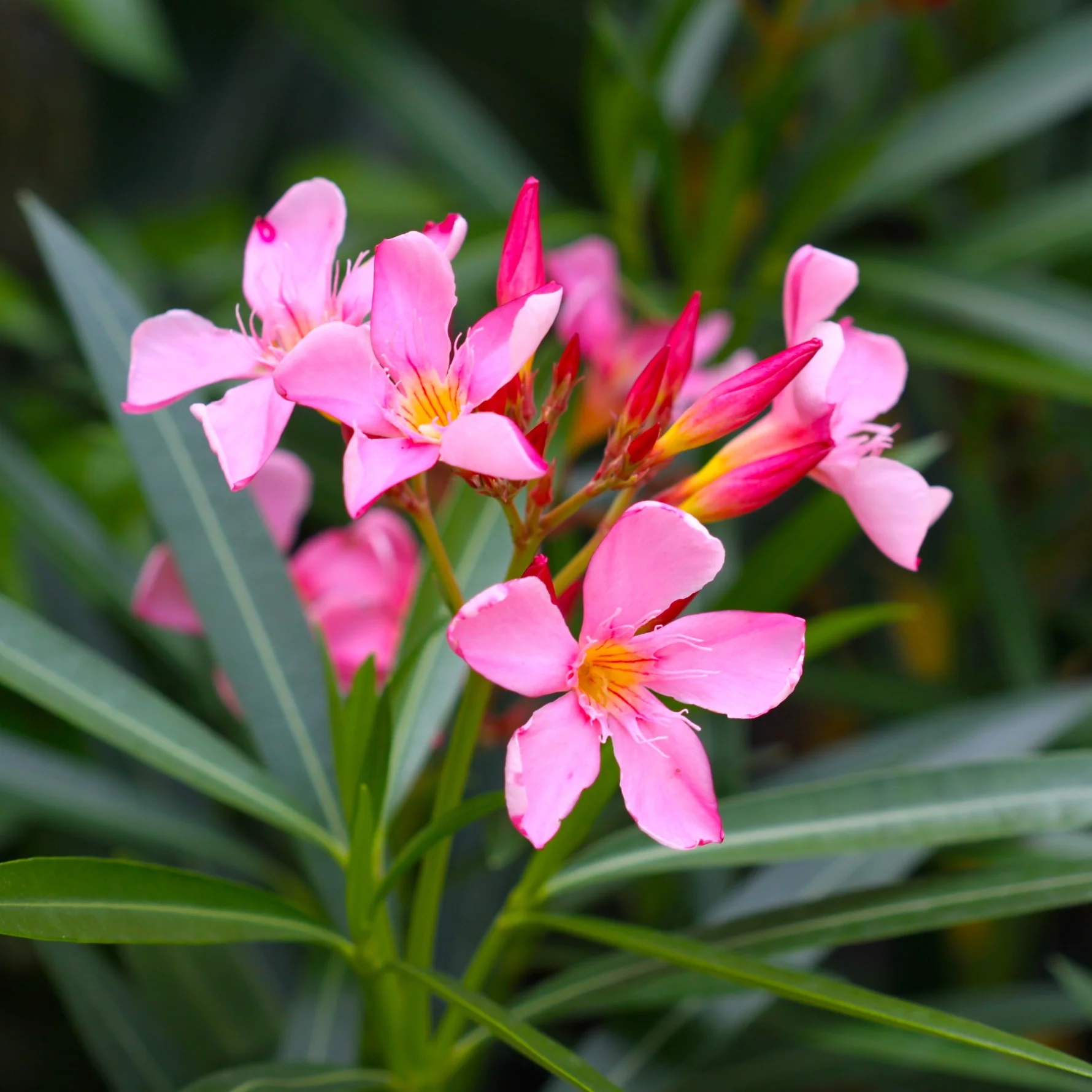
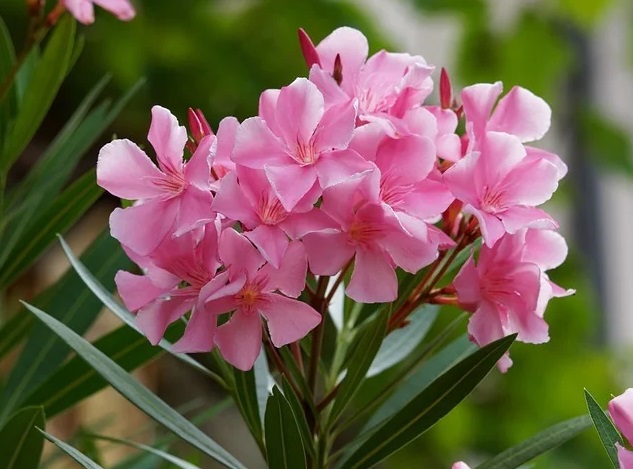
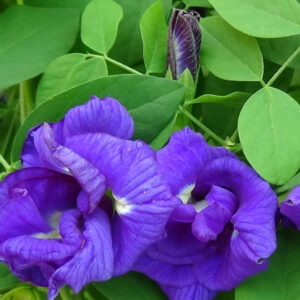
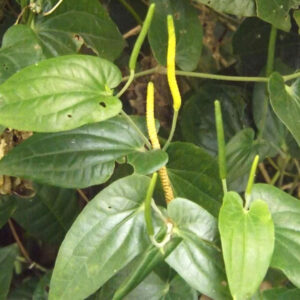
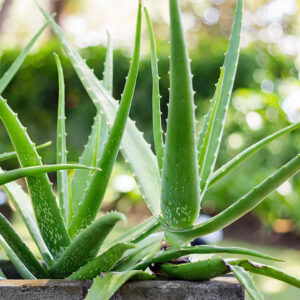
Reviews
There are no reviews yet.